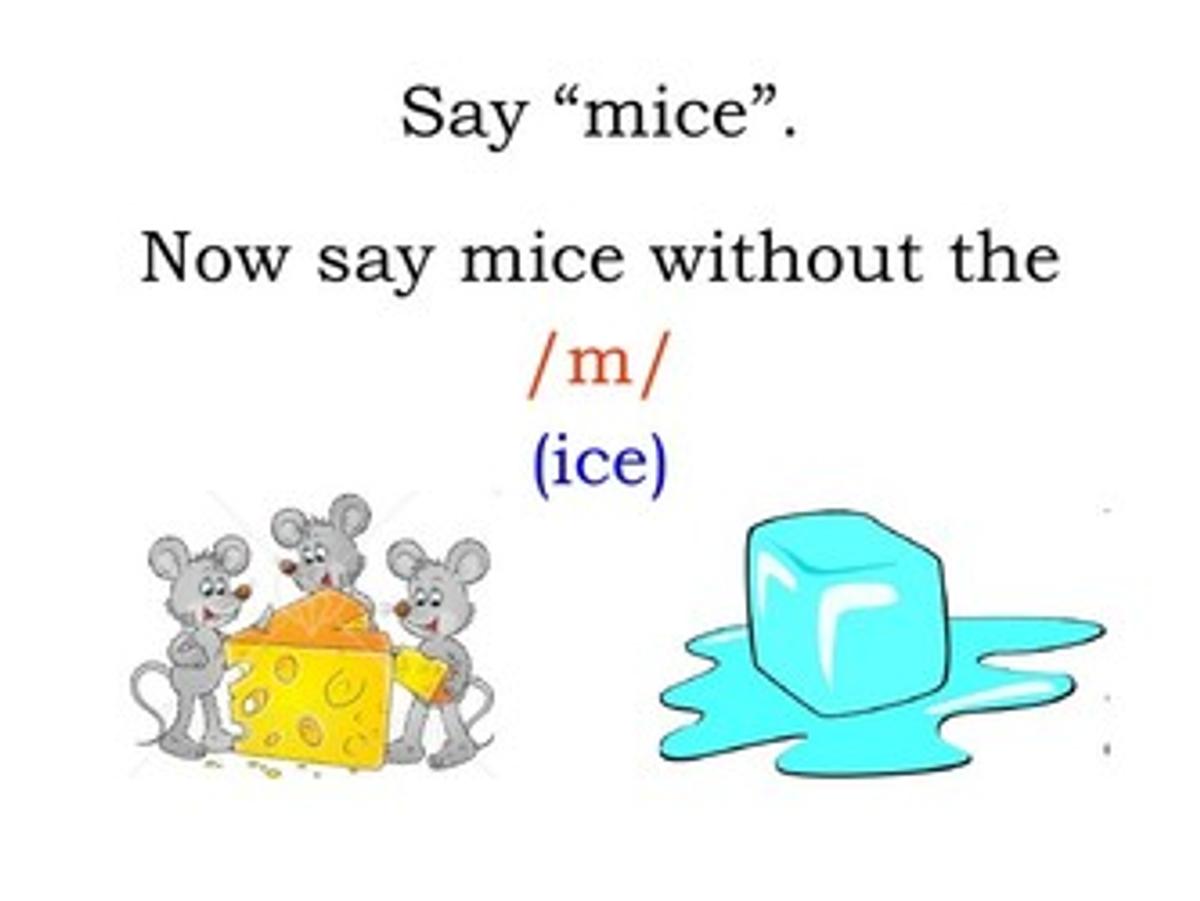Learning and Teaching

The Science of Reading
Phoneme Deletion
Phoneme Deletion is a strategy that helps develop students’ phonemic awareness, it involves having students manipulate spoken words by deleting specific phonemes. Phoneme deletion tasks take place orally without the written word.
Phoneme Deletion is the ability to identify how a word would sound if one sound were omitted. This is a very important step in the development of literacy, as well as general language development.
How can you help implement this strategy at home?
- Select the word(s) to use for the phoneme deletion
- Tell your child that you are going to say some words out loud and ask them to say the words without specific phonemes/sounds
- For example, What word do we have if we say bat without the /b/ sound?
- Practice deleting both beginning and ending sounds in words
- Repeat, with the aim to develop fluency in deleting phonemes with accuracy.
A SNAPSHOT OF OUR MATHS COMPETITIONS
I just wanted to share with you some of the questions that our students are being faced with when completing the APSMO competitions. The questions are extremely challenging at the various levels and the children really have to demonstrate a growth mindset when tackling them.
Here is a sample. Can you solve them? Good luck!
1.If a gardener takes 15 minutes to plant 3 trees, it takes 2 hours to plant a whole row of trees. The second row already has 9 trees planted. How many minutes will it take the gardener to completely fill this second row with trees so that it has the same number of trees as the first row?
2. Naomi went shopping with money she had saved. At the first shop she visited, Naomi gave half of her money to the shopkeeper to buy a pencil case. He gave her $4 back in change. Then Naomi bought a book for $10 and a keyring for $6. She had $3 left. How much money did she start with?
3. Isabella wants to make a rectangular garden with an area of 108 square metres. She wants the length and width of the garden to be whole numbers when expressed in metres. Let G be the largest possible perimeter of the garden and let L be the smallest possible perimeter of the garden. Find the value of G – L in metres.
4. Amelia and Cooper both drove 300 km from Sydney to Canberra. For the first 150 km, Amelia drove at an average speed of 60 km/hr. She drove the second 150 km at an average speed of 90 km/hr. Cooper drove the whole 300 km at an average speed of 75 km/hr. Cooper’s trip took less time. How many minutes shorter was his trip than Amelia’s?
Nicola Toney (Maths Leader F - 6)




